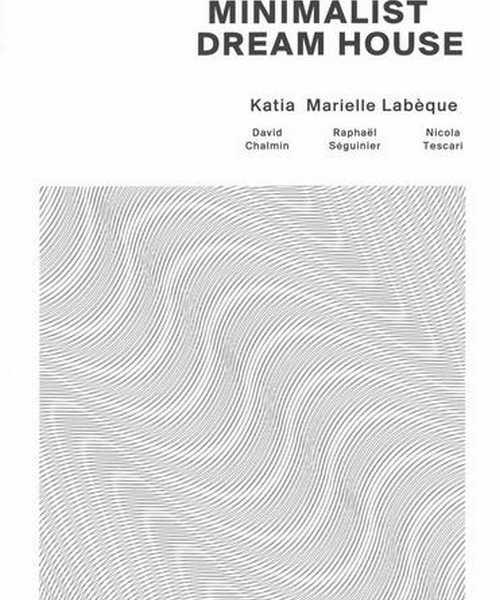
Performer: Katia Labèque, Marielle Labèque, David Chalmin, Raphael Seguinier, Nicola Tescari
Audio CD
Number of Discs: 4
Format: FLAC (tracks)
Label: KML Recordings
Release: 2013
Size: 3.76 GB
Recovery: +3%
Scan: yes
CD 01
Philip Glass two pianos
Four Movements for Two Pianos
01. I
02. II
03. III
04. IV
Howard Skempton piano solo
Three Nocturnes
05. I
06. II
07. III
William Duckworth piano solo
The Time Curve Preludes
08. I
09. II
10. VII
11. X
12. XII
13. XVII
Howard Skempton piano solo
Images
14. Prelude 1
15. Interlude 4
16. Prelude 5
17. Interlude 5
18. Prelude 7
Howard Skempton piano solo
19. Postlude
CD 02
John Cage two pianos
01. Experiences, I.
David Chalmin
02. Gameland
Nicola Tescari
03. Suonar Rimembrando
(After Tarquinio Merula’s Chaconne-1637)
Aphex Twin piano 4 hands
04. Nanou2
05. Avril 14th
Brian Eno
06. In Dark Trees
Philip Glass piano solo
07. The Poet Acts
(Music from the Hours for piano transcribed by Michael Riesman and Nico Muhly)
Arvo Part two pianos
08. Hymn to a Great City
Nicola Tescari
09. En 4 Parenthèses
Radiohead piano and vocals
10. Pyramid Song
Raphaël Séguinier
11. Free to X
Suicide
12. Ghost Rider
CD 03
Terry Riley two pianos + band
01. In C
Michael Nyman two pianos
Water Dances
02. I.Dipping
03. II.Stroking
04. III.Submerging
05. IV.Gliding
06. V.Synchronising
CD 04
01. Erik Satie- Vexations
02. John Cage- Four 3
03. Erik Satie- Le fils des étoiles: Prélude du 1er Acte (La Vocation)
04. Erik Satie- Gnossienne No. 4
05. Erik Satie- Avant-dernières pensées: I. Idylle, à Debussy
katia-marielle-labeque-minimalist-dream-house-249602.rar – 899.3 MB
katia-marielle-labeque-minimalist-dream-house-249603.rar – 1.1 GB
katia-marielle-labeque-minimalist-dream-house-249604.rar – 893.8 MB
To be musically avant-garde in the 1950s meant to be difficult. Not by the end of the 1960s. That decade saw a group of American beatniks overthrow the musical givens of postwar Europe. In a series of disobediently straightforward compositions La Monte Young, Terry Jennings, Terry Riley, Steve Reich and Philip Glass declared that music could be clear, honest, pretty and experimental. Turning their backs on the conventional centres of musical power, the earliest minimalist works got their first public audience in La Monte Young’s 1960-61 Chamber Street Series in Yoko Ono’s New York loft. Through the 1960s in art galleries and alternative spaces, the minimalists slowly demystified, democratised and Americanised European modernism. They rejected the angst (what Philip Glass would call “crazy creepy music”). They rejected the invisible games. They rejected the theatricality. “I don’t know any secrets of structure that you can’t hear,” wrote Steve Reich in his 1968 minimalist manifesto, Music as a Gradual Process. Minimalism claimed that there was enough interest in the sounding process itself and enough new territory to be explored in rhythmic patterning to sustain a work. If one removed the Baroque complications – the harmonic story-telling and thematic cleverness – that were obscuring the natural beauties of rhythm and sound, what would be revealed and discovered could provide classical music with a new lease of life. They were right. Minimalism was the last great musical revolution of the 20th century. And it became the most influential and successful ism of them all. In the spirit of the loft concerts we also present new works by David Chalmin, Raphael Seguinier and Nicola Tescari.